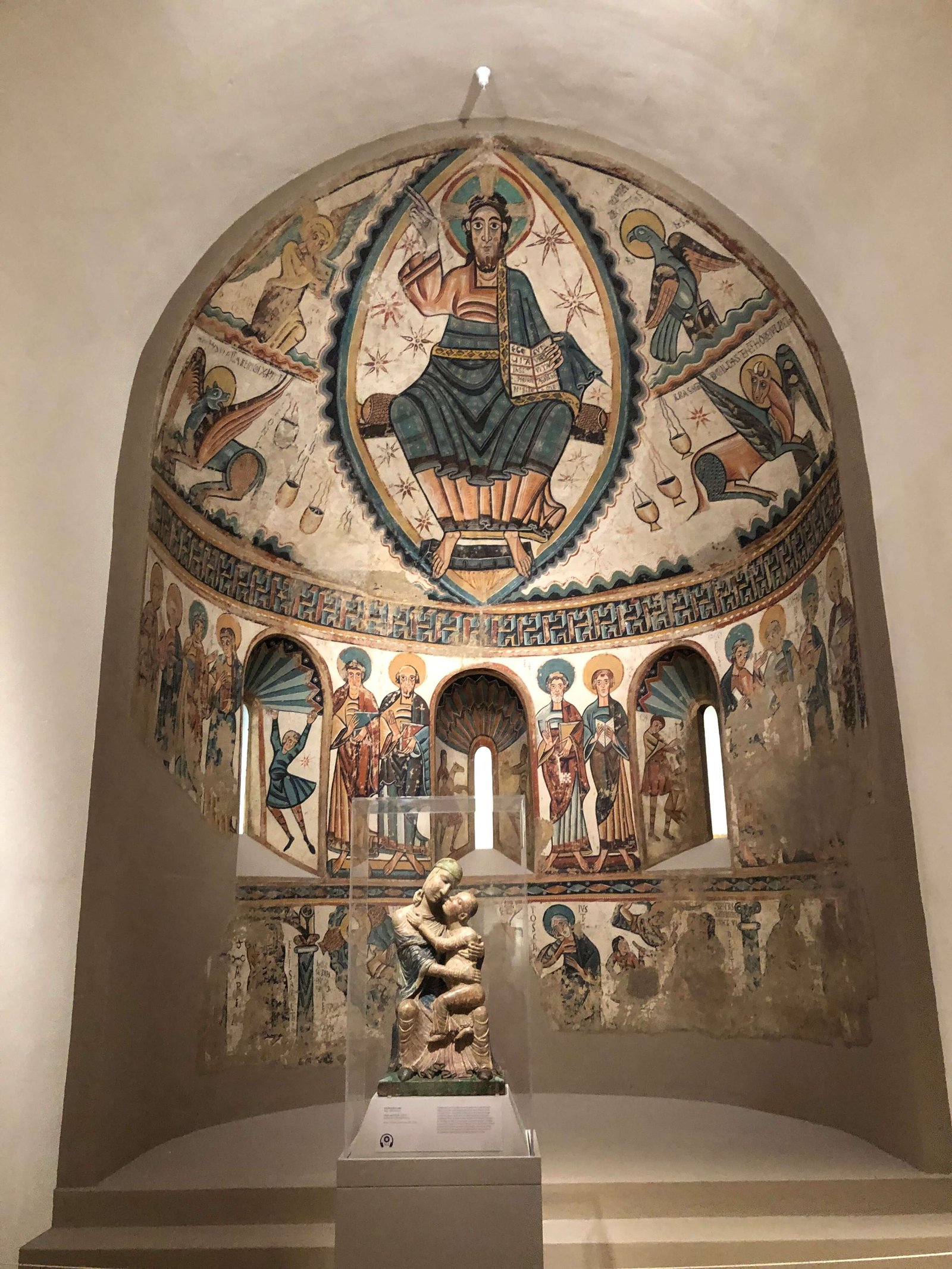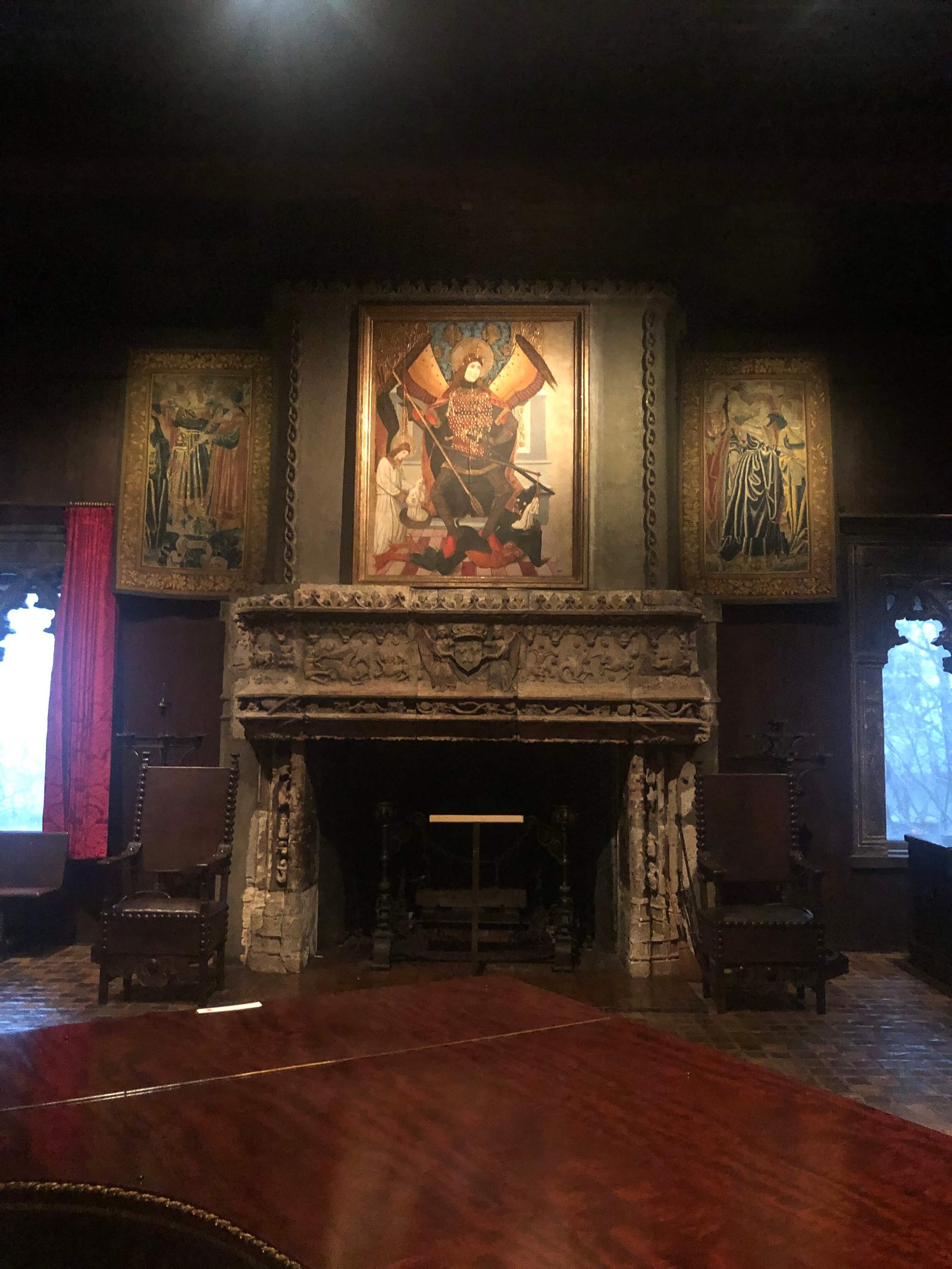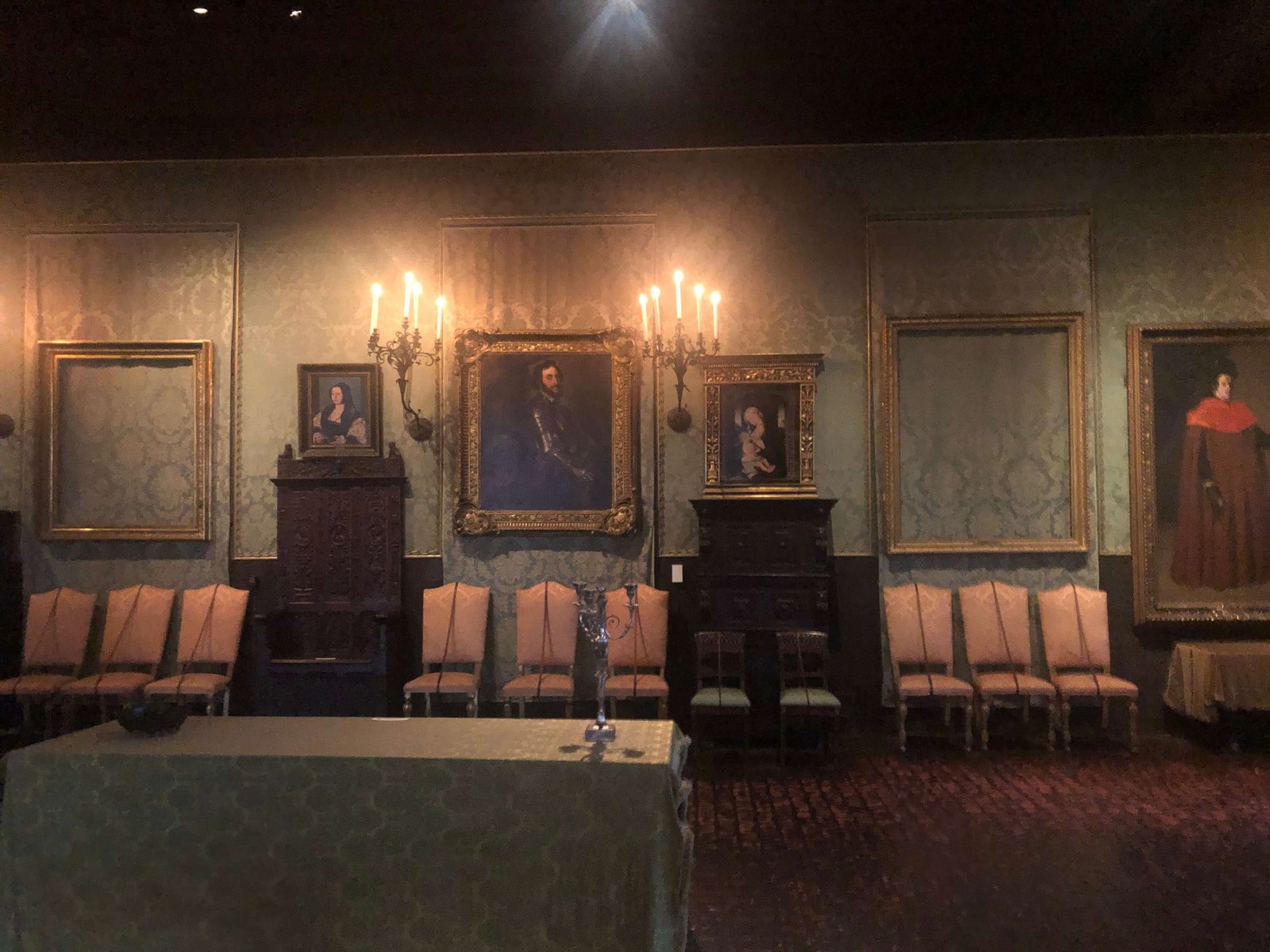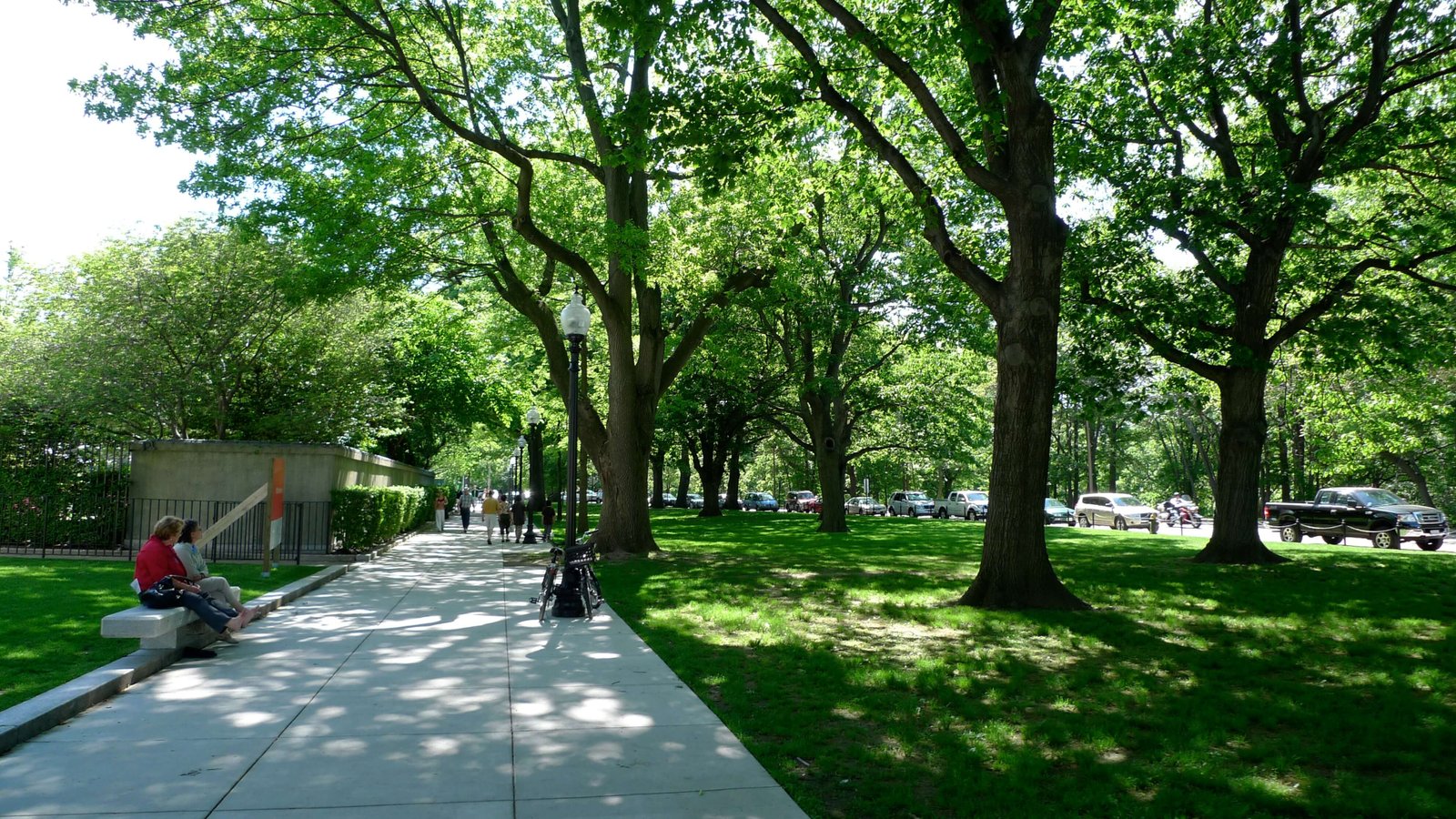A major center of commerce, culture, and education since the earliest days of the American colonies, it should come as no surprise that Boston has some wonderful art museums. Two of the best are located in the Back Bay Fens, a lovely park area within the city, while a third is just a short drive away on Harvard’s campus. In my opinion, good trip to Boston should always include visits to at least two of these three museums.
Hey everybody! I’m just reminding you that everything in a museum is subject to change – exhibitions, artworks on display, opening times, and prices. I can only tell you what the museum was like the last time I was there, which might not stay the same. It’s not only that exhibitions change and prices increase; I’ve revisited museums and found their fundamental personalities to be really different from my last visit (or that half their galleries are closed for renovation). I know how sad a disappointing museum visit can be, so I’m reminding you to check everything out on the museum’s website ahead of time.
MFA Boston

The Museum of Fine Arts Boston, aka MFA Boston, is the city’s flagship museum. It includes pretty much every major time period, culture, and area of art history you can think of. You could spend several whole days there, and it still wouldn’t be enough.
What’s here



The MFA is well-known for its superb collection of Asian art and ancient Egyptian/Nubian art. The museum’s crown jewel is the selection of sculptures from the Great Pyramids at Giza. Yes, those pyramids – the super famous ones. Back in the first half of the twentieth century, a Harvard archaeological team participated in the excavation of this famous ancient Egyptian site and was allowed take half of what they found back to Massachusetts. This made the MFA one of the major repositories of the Egyptian art in North America. The biggest treasures are three statues of the pharaoh Menkaura paired or in a trio with others. Although not particularly large, these statues are certainly impressive and imposing. They’re also beautifully displayed in a gallery that also includes information and photographs relating to the excavation itself. Spending as much time as I do looking at very old and important artworks, I’ve unfortunately become slightly numb to their ancientness and awe, but that wasn’t at all the case here.
There’s also a peerless collection of American art, which includes Euro-American fine and decorative arts plus Native North, South, and Central American art. Even after two visits, I still haven’t explored all there is to see. Fittingly for this city, which was the social, intellectual, and artistic center of Revolution-era America, there’s a lot of interesting early American stuff, as well as later American masters with New England connections. Speaking of which, the museum is a key destination for fans of honorary Bostonian John Singer Sargent. In addition to paintings and a major collection of watercolors from his travels, the museum also contains a set of Sargent murals adorning its rotunda and grand staircase. They show a very different side of Sargent’s artistic style. While they aren’t as powerful (in my opinion) as the Boston Public Library murals, they are still impressive and effective.
Highlights of the European collection include the Center for Netherlandish Art with its six Rembrandts, and the Impressionist paintings section, especially full of Monets. In addition to the permanent collection, the MFA hosts its fair share of major exhibitions, like the recent Fashioned by Sargent and Hokusai: Inspiration and Influence.
My Top Picks

- The ancient Egyptian stuff, though I think that goes without saying at this point.
- Sargent’s The Daughters of Edward Darley Boit, which is displayed flanked by the same pair of Japanese vases that appear in the artwork.
- Monet’s La Japonaise (Camille Monet in Japanese Costume), one of his Waterlilies paintings, and the major Monet collection more broadly.
- A phenomenal collection of American art from colonial times to the present
- a set of 12th-century Spanish church frescoes
- Turner’s deeply-unsettling The Slave Ship
- A great collection of Asian art
- The largest classical statue in North America
Admission
Adult admission to the MFA Boston costs $27, with discounted admission for kids. However, the MFA is one of those (actually pretty rare) museums that charges extra for certain special exhibitions – usually just the most significant ones. Regular admission plus the special exhibition costs $34 – again discounted for kids.
Isabella Stewart Gardner Museum

Founded by Gilded Age art collector Isabella Stewart Gardner (1840-1924), the Isabella Stewart Gardner Museum is a completely unique institution. Every aspect, from the eclectic collection to the palatial building to the specifics of its curation come directly from its namesake herself, even a century after her death. According to her will, Gardner’s museum must remain exactly as she left it. Curators cannot add to or subtract from the collection, lend it out, or even change the arrangements within. This hasn’t always been fully respected, but the institution’s continuity with Gardner’s vision and big personality is definitely part of its allure.
You can read more about said big personality in my 2014 guest post about Isabella Stewart Gardner. A big thanks to Susan Abernethy (The Freelance History Writer) for inviting me to write my first-ever guest post on this topic ten years ago now!
What’s here



The collection is huge and diverse. Its main highlights are the world-class Old Masters – works by the likes of Botticelli, Titian, and Rembrandt to list just a few. They juxtapose nicely with wonderful Medieval and Renaissance artworks, art objects, and transplanted architectural elements. There’s also a great collection of art by Gardner’s contemporaries, including paintings, drawings, and prints by John Singer Sargent, Anders Zorn, the Impressionists, and more.
But then there’s more: art objects, illuminated manuscripts, precious metalwork, textiles, furnishings, books, and more from the ancient to modern Europe, Asia, and the Islamic world. There are objects here, like an elegant Dutch linen press and pieces of Italian lace, that you wouldn’t expect to see alongside paintings and sculptures in another museum. The museum regularly hosts minor contemporary exhibitions as well.
The Venetian palazzo-style building, a work of art in itself, centers around a four-story interior courtyard that you can view from every level of the galleries. Once you get past the modernist entry pavilion, the so-called Historic Palace somehow feels both majestic and inviting at the same time, and it makes a memorable venue for seeing art.
The experience

The Isabella Stewart Gardner Museum feels like a time capsule in the best possible way – an immersive experience that doesn’t even seem like a museum sometimes. It can be a little difficult to process – and, trust me, even more difficult to describe. I love how it expresses a fascinating woman’s personal vision, yet I’m not always clear on what I’m meant to take away from that vision. Its collecting and organizing principles aren’t necessarily obvious to the viewer.
For a relatively small museum, it contains a surprising amount of truly world-class art, but given its diversity, not every aspect of the collection will appeal to every visitor. There’s tons to see in each room, and you really have to go through the entire museum at least twice to even start to absorb it. (Fortunately, your admission ticket will let you do exactly that.) Plus, Gardner’s century-old curatorial choices don’t always make the art super easy to see. The lighting isn’t great, and you have to view some works from strange angles. All that said, the Gardner is well worth whatever extra mental effort it may require.
It’s hard to talk about the Gardner without mentioning the famous 1990 theft or the more recent controversies surrounding how her will is or isn’t honored. For the best experience, try to put all this out of your mind when you visit and focus on the great art and unique experience.
My Top Picks

Carlo Crivelli’s Saint George, Sargent’s El Jaleo perfectly displayed in its own architectural niche within the Spanish Cloister, Sargent’s bold portrait of Gardner in the brilliant Gothic Room, and a Gothic-style chapel in memory of Gardner’s only child.
Admission
Adult admission to the Isabella Stewart Gardner Museum costs $20, while children under age 18 visit for free. Discounted admission is available for students and seniors. Also, anybody named Isabella can get free admission at any age. I believe you have to call in advance and present ID for this.
Back Bay Fens Museum Logistics

These two museums are only a few minutes from each other, the MFA at 465 Huntington Ave and the Gardner just down the Fenway at 25 Evans Way. You can easily walk between them in just a few minutes. There are a lot of colleges in this neighborhood as well, and it seems like it would be a lovely place to stroll in good weather. Although this is a major city, the Back Bay Fens area is pretty easy to drive in my experience.
This area has many parking options, including several paid lots or decks and plenty of street parking. The MFA has its own paid lot, and the Gardner also recommends one owned by Simmons College. However, try for cheaper street parking first. I got a reasonably-priced street spot a block or two away from the Gardner and a completely-free street spot on the Fenway adjacent to the MFA.
Finding sustenance, however, is much less convenient. The MFA has several dining options, but I didn’t try any. The Gardner has a fancy cafe that is will not be a good option for most museum visitors. (Its gift shop, by contrast, is delightful.) Not only is the food really pricey, but there aren’t even any quick and cheap coffee-and-a-muffin options to fall back on. Unfortunately, I didn’t see many eateries in the near vicinity, either. So maybe eat ahead of time in another area of the city.
Harvard Art Museums
Not technically in Boston but just next door in Cambridge, the Harvard Art Museums are three museums in one. The Fogg Museum, Busch-Reisinger Museum, and Arthur M. Sackler Museum were formally joined together into a single seamless experience in 2014. The combined building is lovely, with galleries arranged on three levels around the covered Calderwood Courtyard, which lets tons of natural light into the building and is also a venue for several large-scale contemporary art installations. There’s lots to enjoy here, and I would have liked to stay even longed than the four hours I did.
What’s Here
The museum includes arts from the ancient world (Egypt, Greece, Rome, and Middle East), medieval through modern European and Euro-American art, Asian art, and contemporary art. There’s a noteworthy collection of German and Austrian modernism, including a Klimt landscape and a large Franz Marc painting of grazing horses, and the Asian art holdings are particularly strong. I believe you can also peek into conservation studios on the upper levels.
My Picks
- Pre-Raphaelite paintings, an area you don’t see all that much of in the United States
- The Maurice Wertheim collection of Impressionism
- Ancient Chinese bronzes
- Beautiful Asian multi-panel painted screens
- A collection of clay models by Gian Lorenzo Bernini that he used to plan his monumental commissions
- Noteworthy colonial Peruvian religious paintings
- Objects from ancient and historic Sardis, in modern-day Turkey, that were excavated by Harvard
Details
The Harvard Art Museums are located at 32 Quincy Street in Cambridge, Massachusetts – about a 20 minute drive from the Back Bay Fens. The institution is open Tuesday through Sunday and is free to visit.
However, parking is a real problem, since Cambridge seems to be perpetually strapped for parking spots. Most street parking is permit only, and there are very few decks. While you can find reasonably-priced public spaces very close to the museum, the entire town has a two-hour parking limit strictly enforced by the app used in lieu of meters. After that length of time, you have to move to a different parking zone entirely, not just to a new spot. Because you will need way more than two hours in this museum, I suggest finding an alternate form of transport.



